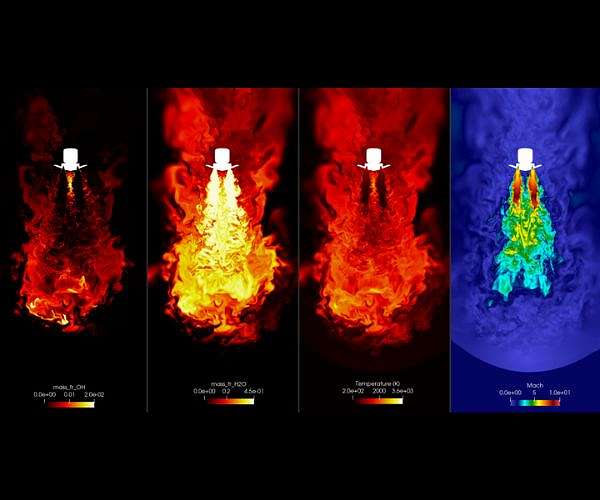GMV advances Lunar rover navigation with FASTNAV project
by Sophie Jenkins
London, UK (SPX) Jul 30, 2024
The Multi-Range Navigation for Fast Moon Rovers project, known as FASTNAV, is spearheading the development of advanced navigation solutions for the next generation of lunar exploration rovers. This initiative, led by GMV’s UK branch and supported by the European Space Agency (ESA) under the General Technology Support Programme (GSTP), aims to enhance rover capabilities for longer distances and higher speeds on the lunar surface.
FASTNAV focuses on a multi-range navigation system tailored for ESA’s lunar exploration goals, which include achieving a travel distance of 20 km within a lunar day and increasing rover speed to an average of 1 m/s, significantly up from the current 0.13 m/s. This innovative navigation framework promises continuous driving capabilities, surpassing the performance of existing navigation and path-planning systems, and aims to boost the scientific output and data collection efficiency of lunar missions.
On June 18, GMV conducted initial tests at Upwood Quarry in Abingdon, UK. These tests were designed to evaluate the system’s robustness and the effectiveness of the FASTNAV solution. The tests utilized the RAPID platform, a result of a previous GMV project with ESA. The RAPID platform, equipped with an advanced locomotion system, demonstrated its ability to cover extensive distances at high speed. The tests confirmed that both RAPID and the multi-range FASTNAV system function effectively in various complex scenarios. This success paved the way for subsequent testing in a lunar analog environment.
The next phase of testing commenced in early July in the Navarrese desert of Bardenas Reales, Spain, a site known for its lunar-like conditions. During this intensive field campaign, the RAPID rover’s capabilities are being tested across diverse terrains with varying obstacle densities. The FASTNAV system will autonomously navigate these obstacles, leveraging a combination of classic machine vision and cutting-edge artificial intelligence to achieve the target speed of 1 m/s.
GMV shared preliminary results from this project at the iSpaRo conference in Luxembourg from June 24-27. This event, focusing on space robotics, gathered scientists and industry experts to discuss recent advances and future opportunities in space exploration. GMV presented updates on FASTNAV and RAPID, test results for the European robotic Moon Rover system, and findings on the application of deep learning for terrain classification in the Mars Rover project.
Europe, through ESA and the European Union, continues to lead in space exploration and robotics, with implications extending beyond space to industries like mining, nuclear energy, and emergency response.
Related Links
GMV
Mars News and Information at MarsDaily.com
Lunar Dreams and more



